AI is From Tools to Teammates | 매거진에 참여하세요
AI is From Tools to Teammates
#ai #tool #desiner #partner #brand #pallete #wifreframe #magician
How AI is Becoming Every Designer’s Best Partner
AI isn’t replacing designers—it’s empowering them.
For years, AI was seen as a threat to creative fields.
Designers especially feared that automation might one day replace their role altogether.
But today, something different is happening. AI is no longer the enemy—it’s the collaborator.
Across every step of the design process—ideation, wireframing, iteration—AI-powered tools are now acting more like teammates than mere utilities.
Let's explore how.
1. Galileo AI – Sketch with a Sentence
Imagine typing:
“E-commerce product list page with featured banner.”
And watching a complete UI mockup appear instantly.
That’s Galileo AI. It translates natural language into editable Figma-style UI designs, turning rough ideas into polished wireframes within seconds. With support for dark mode, multilingual UI, and design system components, it’s like having a design assistant that never sleeps.
It even suggests UX microcopy—bringing creative execution and strategic clarity together in one go.
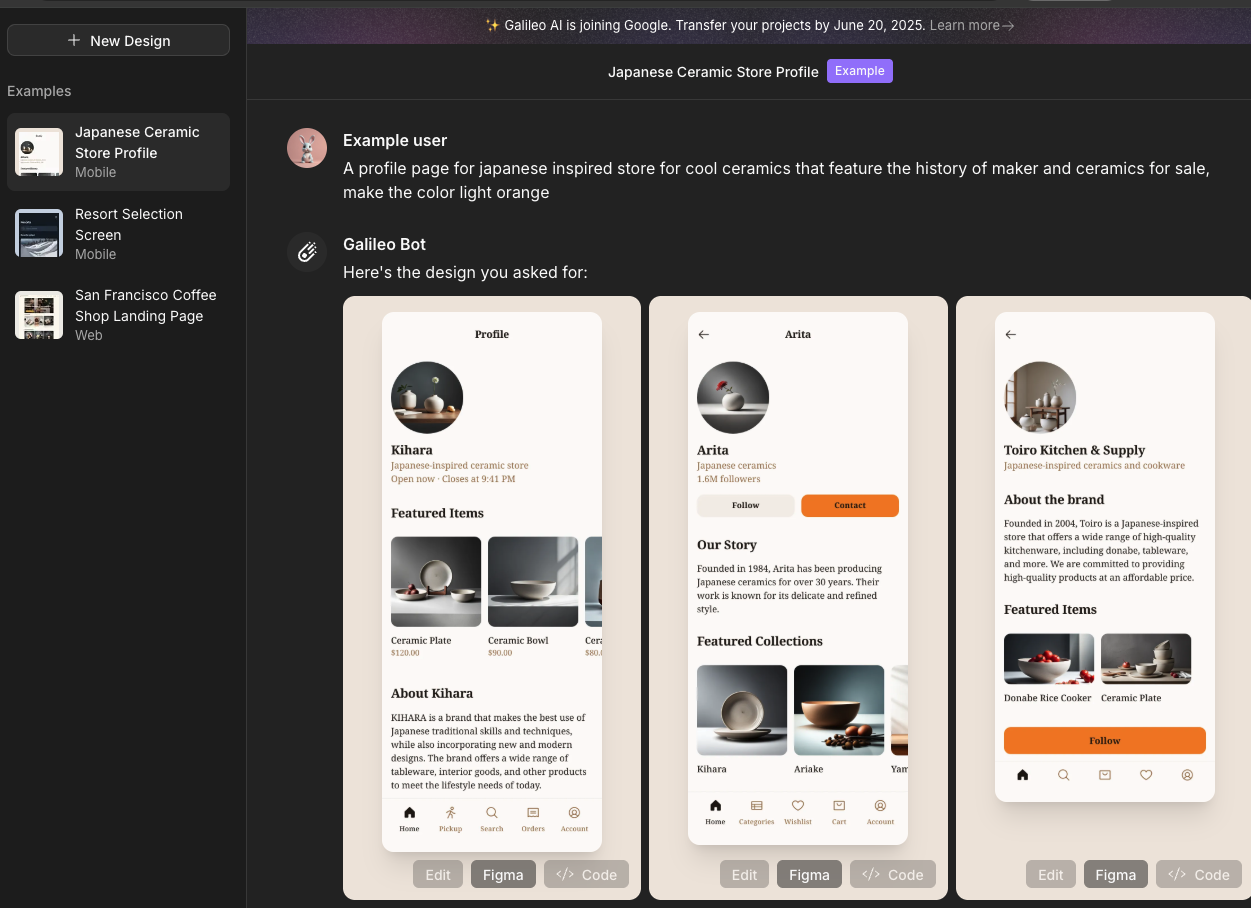
2. Magician – The Design Wizard Inside Figma
Magician is to designers what ChatGPT is to writers.
As a Figma plugin, it generates everything from component styling and layout suggestions to icons and interaction ideas—all at the click of a button.
Other features include:
- AI-generated microcopy based on UI context
- Style recommendations that match your brand palette
- Code snippets for animations (e.g., hover states, loading effects)
It's like brainstorming with a hyper-productive intern who always gets your taste.
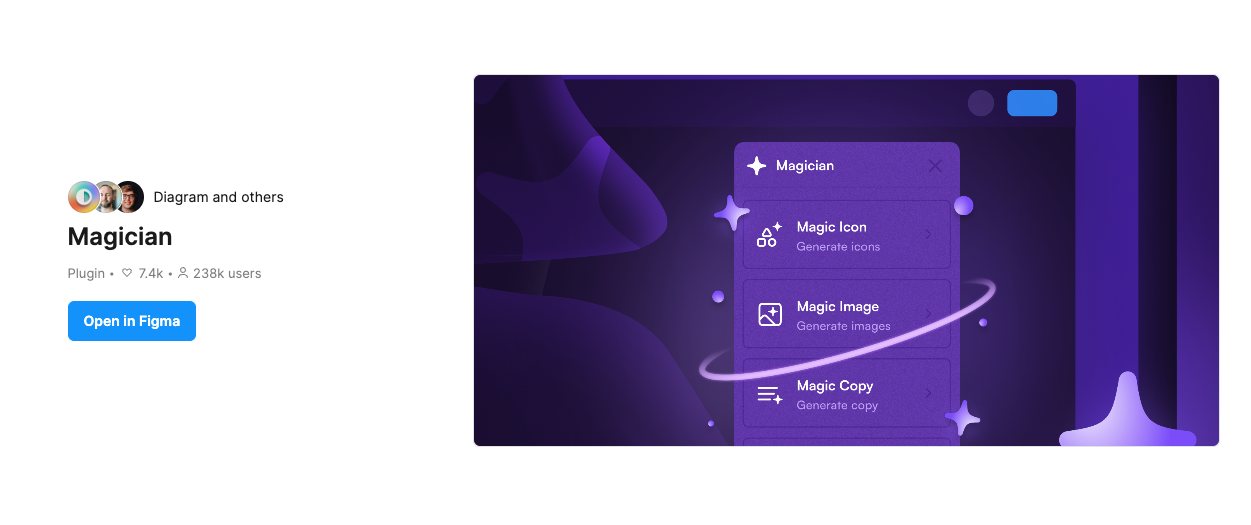
3. Uizard – Drag. Drop. Design.
Uizard makes wireframing almost magical. Sketch your idea on paper, upload a photo, and it auto-generates web or mobile wireframes.
Some standout features:
- Natural language to UI conversion
- Auto-generated UX copy
- Exports to Figma and Sketch
Team collaboration & commenting built-in
It’s ideal for building MVPs fast—no code or design degree required.
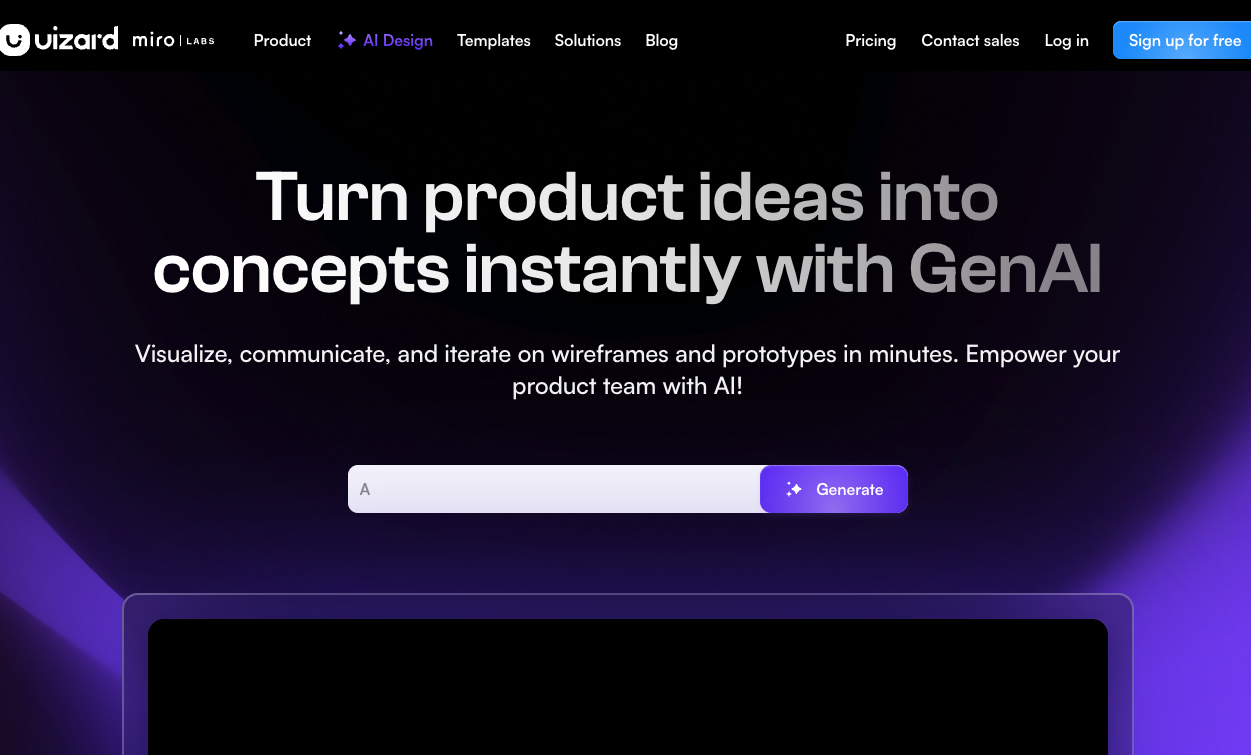
4. Khroma – Your AI Color Muse
Khroma uses AI to generate color palettes based on your preferences.
Pick a few colors you love, and it builds out trendy, accessible palettes to match.
Highlights:
- Preview color combos with typography samples
- WCAG contrast checks for accessibility
- Image-based palette matching
- Mood-based suggestions (Minimal, Tech, Retro, etc.)
Perfect for brand designers seeking fresh yet coherent palettes.
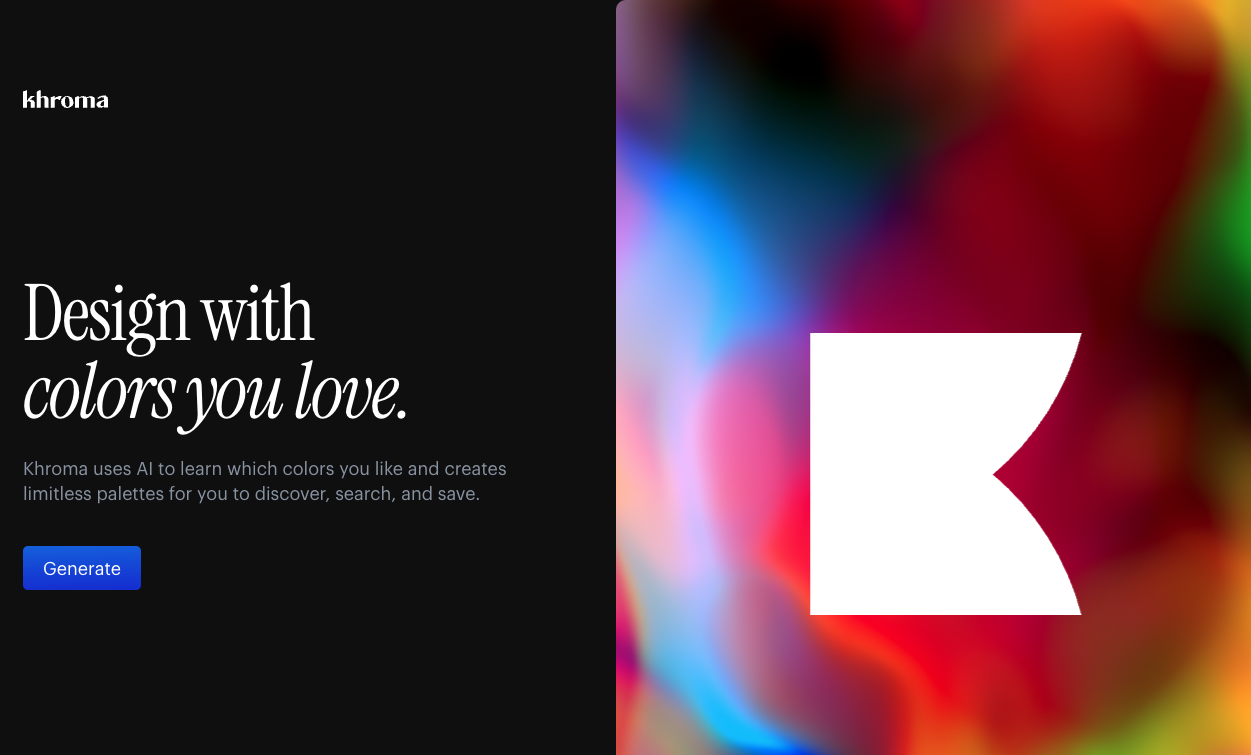
5. Designs.ai – Branding in Minutes
If you're a startup founder or solo creator, this one’s a game-changer.
Input a few keywords, and Designs.ai builds:
- Dozens of logo variations
- Matching font, icon, and color combos
- A full brand kit: business cards, letterhead, social media graphics
- Brand guideline PDFs
Even simple videos and music suggestions
You can skip the blank canvas and go straight to feedback and iteration.
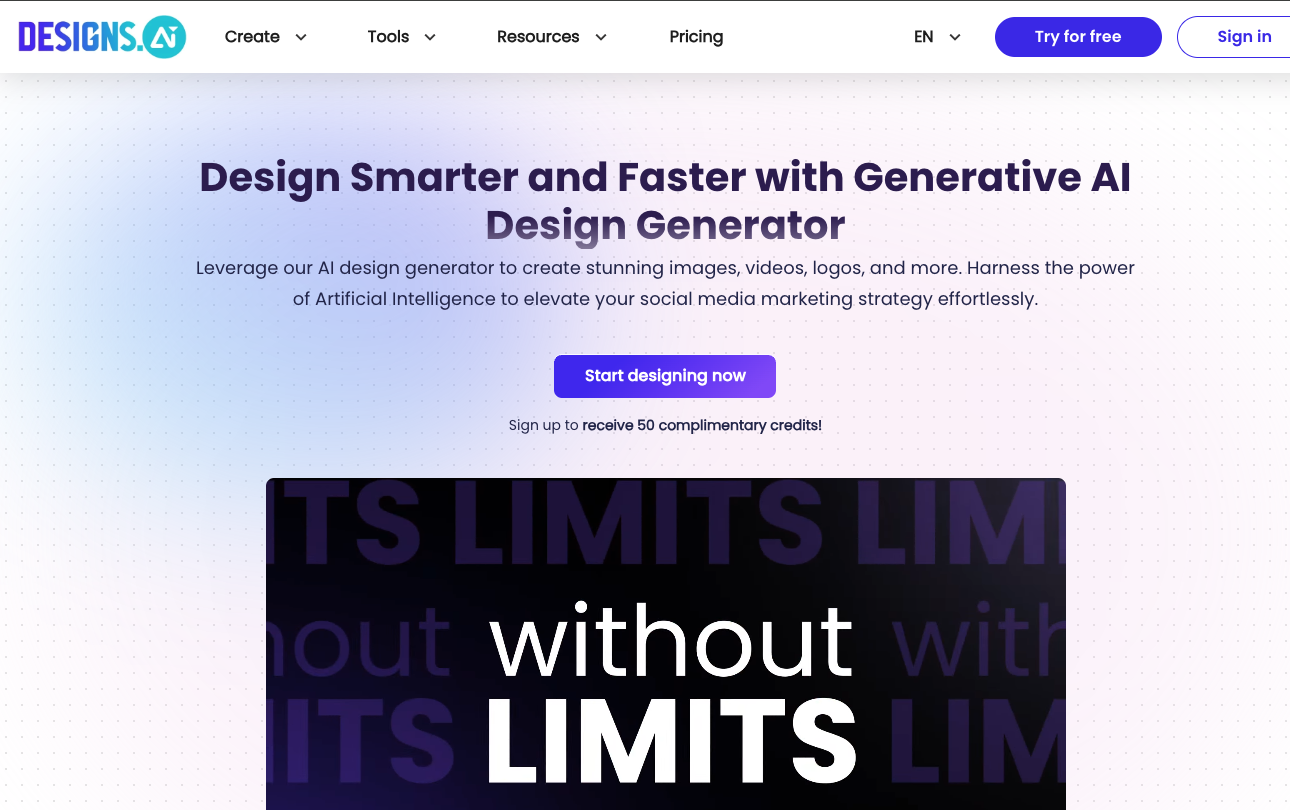
Why Designers Shouldn’t Fear AI
So, does this make designers obsolete? Far from it.
AI takes care of the grunt work—layouts, buttons, palettes—so designers can focus on deeper questions:
“Why is this button here?”
“Does this flow make sense from a user’s perspective?”
Design is no longer just about aesthetics—it’s about defining and solving real problems. That’s a human job.
A Solo Creator’s Secret Weapon
AI tools are especially powerful for solo projects or early-stage startups. You can build, test, and refine fast—without needing a full team.
Don’t know how to design? No problem. AI helps you produce a first draft to test and learn from. Iterate based on real feedback, not guesswork.
The Rise of AI-Literate Designers
Even design education is catching on:
“AI Collaboration in Design Thinking”
“Prompt-Based UX Design”
“AI Prototyping Workshops”
These aren’t just classes in new tools—they're lessons in a new mindset. Designers now need to learn how to co-create with AI.
The Takeaway: Tools → Partners
AI isn’t just a feature in a design tool. It’s a collaborator.
It:
- Draws faster than you
- Suggests directions you haven’t thought of
- Helps test your ideas quickly
- Simulates real user flows for better decisions
Designers provide the vision and emotional intelligence. AI brings the speed and precision.
In the era of AI-assisted design,
the ones who thrive won’t be those who just know how to use the tools, but those who know how to partner with them.
Ref: bunzee.ai
If you’re building something visual and collaborative, check them out.






